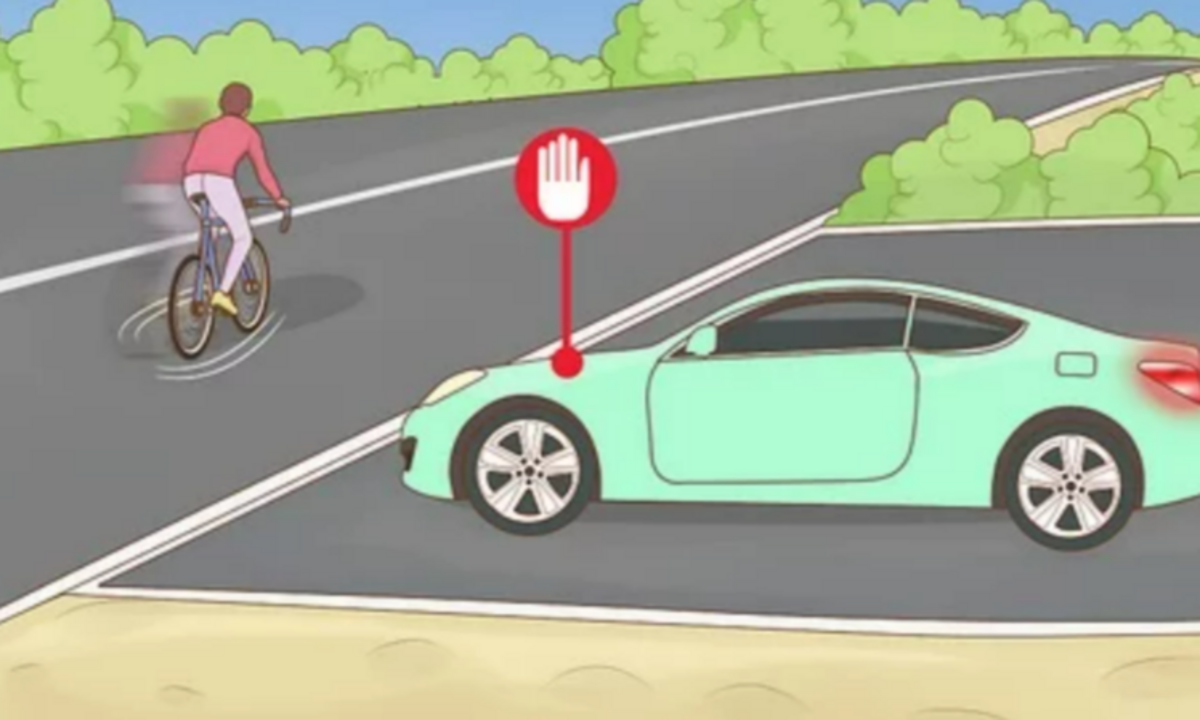Traffic in New York City can be hectic, and knowing the right-of-way rules is crucial for avoiding accidents. Many crashes happen because drivers, cyclists, or pedestrians do not understand who should go first at intersections or other road crossings.
Being aware of these laws helps maintain smooth traffic flow and ensures the safety of everyone on the road. Let’s break down the right-of-way rules in New York City in simple terms.
What Are New York City’s Right-of-Way Laws?
When navigating the streets of New York City, understanding your rights and responsibilities is essential. Below are key right-of-way rules:
Pedestrians: In most cases, pedestrians have the right of way at marked and unmarked crosswalks. Drivers must yield to pedestrians crossing the street, even if there is no traffic signal.
Intersections Without Signals: If two vehicles arrive at an uncontrolled intersection at the same time, the driver on the left must yield to the driver on the right.
Turning Vehicles: Vehicles making a left or right turn must yield to pedestrians and oncoming traffic before completing their turn.
Emergency Vehicles: All drivers must pull over to the right and stop when an emergency vehicle with flashing lights and sirens is approaching.
School Buses: Vehicles must stop when a school bus has its red lights flashing, regardless of the direction they are coming from.
Bicyclists: Cyclists are subject to the same right-of-way rules as motor vehicles and must yield when required.
Yield Signs: When approaching a yield sign, slow down and allow traffic or pedestrians with the right of way to proceed first.
Even in intersections with traffic lights, right-of-way laws still apply. If the light is green but a pedestrian is in the crosswalk, drivers must wait until the pedestrian has safely crossed before proceeding.
Tips for Navigating New York City’s Roads Safely
Understanding the right-of-way laws is just one part of staying safe in New York City. Follow these additional tips:
Be Cautious at Crosswalks: Always watch for pedestrians, especially in high-foot-traffic areas like Manhattan.
Use Turn Signals: Indicating your intentions helps reduce confusion and prevents accidents.
Obey Traffic Lights and Signs: Never assume that other drivers or pedestrians will automatically follow the rules.
Avoid Blocking Intersections: Gridlock is a major issue in NYC, and blocking intersections can lead to fines and traffic congestion.
Watch for Cyclists: NYC has many bike lanes, and drivers should always check for cyclists before opening car doors or making turns.
Adjust for Weather Conditions: Rain, snow, and fog can make driving more dangerous. Reduce speed and increase your following distance when necessary.
Seeking Legal Help After an Accident in New York City
If you or a loved one has been injured in a traffic accident due to someone failing to yield the right of way, you may be entitled to compensation. Seeking legal assistance can help protect your rights and ensure you receive the settlement you deserve.
Experienced New York City personal injury lawyers at XYZ Law Firm have helped many clients recover damages for their injuries. A knowledgeable attorney can guide you through the process, help gather evidence, negotiate with insurance companies, and build a strong case.
Disclaimer—Our team has checked this article to ensure its accuracy and eliminate any misinformation. We are committed to providing clear and reliable information for our readers.


